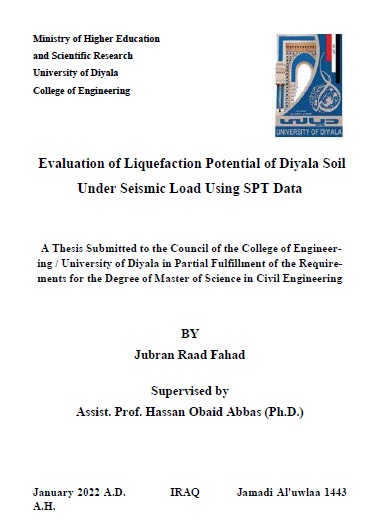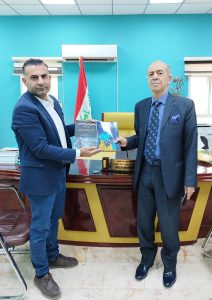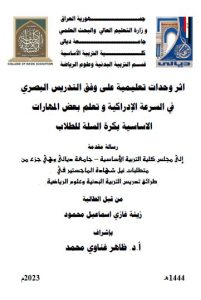اعلام المكتبة المركزية / المهندس مهند
ABSTRACT
In general soil liquefaction is the transition of soil from a solid state to a fluid state as a result of increasing the pore water pressure and reducing the effective stress when the soil is subjected to periodic loads. Standard penetration testing is one of the on-site methods used to find the geotechnical engineering properties of the soil and used for determining factor of safety and liquefaction potential index. The soil liquefaction is one of the main causes of loss of life and major damage to residential structures and water line systems. The purpose of this study is to determine the probability of liquefaction resulting from earthquakes in the soil of Diyala Governorate based on the Standard Penetration Test (SPT). The case study selected is Diyala Governorate, which is one of the governorates of Iraq and is located in the eastern part of it and near the confluence of the Arabian and Iranian plates. The factor of safety of Diyala Governorate soil was determined using four world-famous methods which are (Japanese, Workshop NCEER 1997, Vancouver 2007, Boulanger and Idriss 2014) and then compared. The method of Boulanger and Idriss 2014 was chosen as the most appropriate method for determining the liquefaction of Diyala soil. The second part of this study is investigating the soil properties of 265 boreholes over most of the study area. Liquefaction potential index is determined for these boreholes and using the map program (ArcMap(GIS) 10.3) to draw eight maps for eight different seismic values (4 , 4.5 , 5 , 5.5 , 6 , 6.5 , 7 , 7.5 ). These maps show that the places in which liquefaction is likely to occur or not. It was found from the collected data that most of Diyala soil is clay, meaning that liquefaction does not occur, but some areas in which sandy soil exists with different proportions in upper layer have ability to liquefaction, such as some region in Mandali city.





